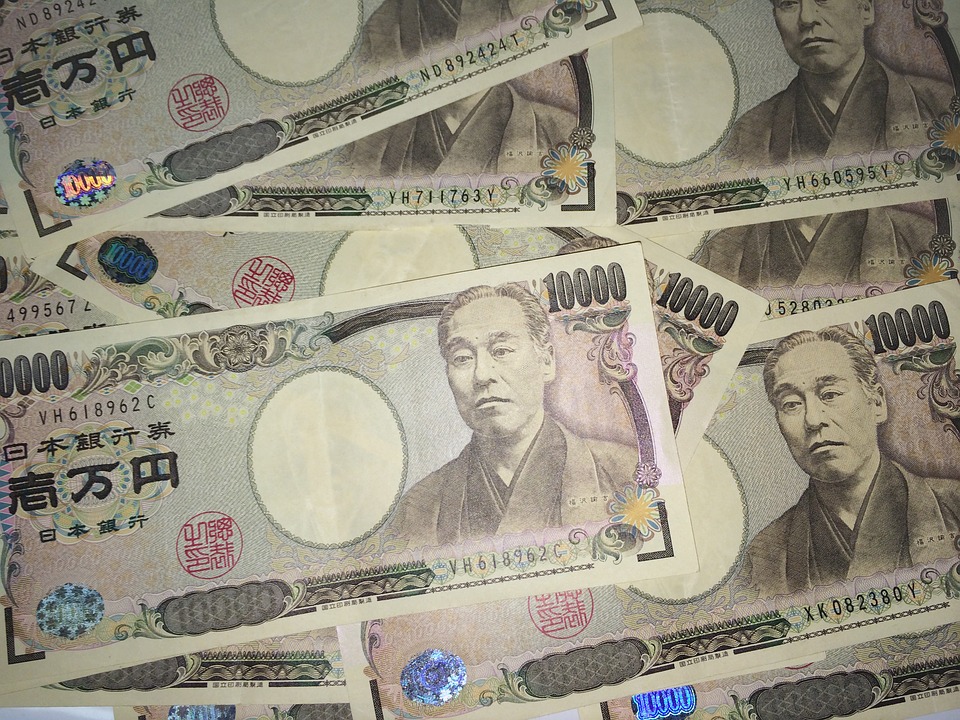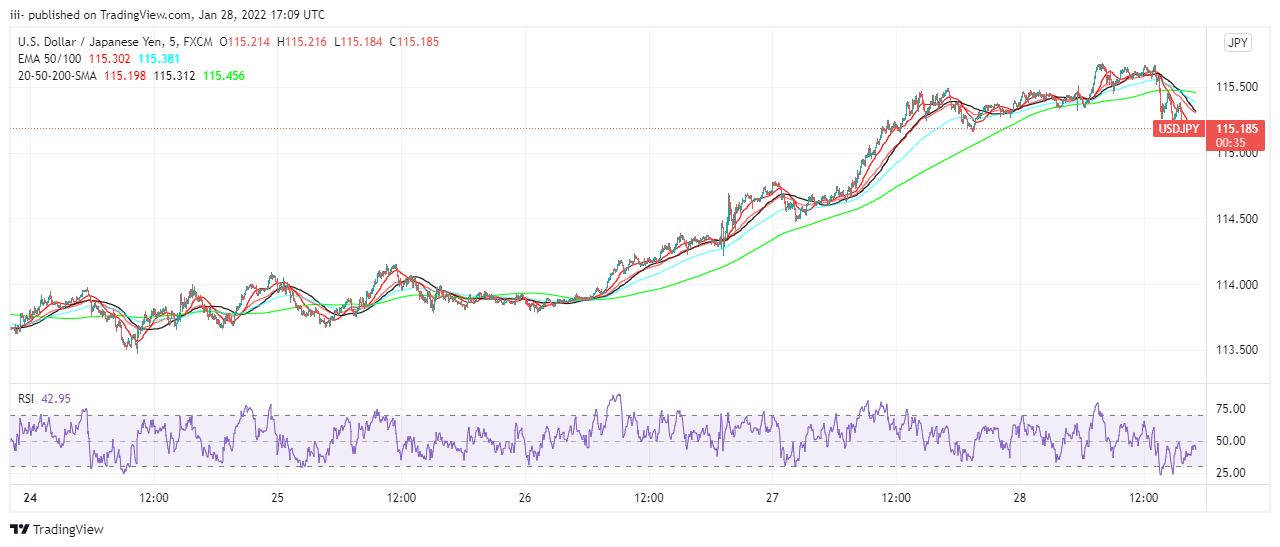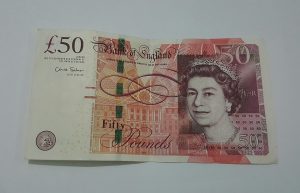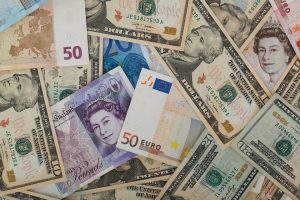
USD/JPY Weekly Prediction: Before and After Fed Meetings
The Fed conference on Wednesday broke trade into two different halves. The Dollar-Yen fell below 114.00 for the first time since December 21 and remained there for three days.
Following the FOMC, 114.00 and 114.50 vanished, and 115.00 disappeared on Thursday. On the way to Thursday’s closure of 115.36, the once extinct trend line from late September was re-crossed at 115.20. Friday’s advance to 115.69 was tempered by US PCE inflation.
According to the FOMC statement, “With inflation well above 2% and a healthy labor market, the Committee anticipates it will be prudent to raise the target band for the federal funds rate.” For its $9 trillion income statement, the Fed published criteria.
A few minutes later, Fed Chair Jerome Powell’s question-and-answer session underlined and expanded the evident aim to start a rate cycle on March 16.
A number of comments elicited quick reactions from traders in the equity, credit, and currency markets.
As Mr. Powell’s speech made the Fed’s ambitions more obvious, Equities fell substantially on Wednesday. Equities fell substantially on Wednesday.
The S&P 500 and the Dow lost 2.2% and 1.5%, respectively. The NASDAQ rose only 2.82 points or 3.4 %.
Thursday’s trading was tumultuous, with the Dow down 0.02 %, the S & P down 0.54 %, and the NASDAQ down 1.4%.
After the Fed meeting, 2-year and 5-year Treasury returns jumped, notably at the short end of the yield curve. Before Friday’s beginning, the 2-year yield had risen 17 basis points from Monday’s open of 1.016 %.
The 5-year return increased by 8 points, from 1.576% to 1.66%. The 10-year yield increased by six basis points to 1.83%, while the 30-year yield increased by four basis points to 2.125%.
Wednesday’s gains continued on Thursday, with the Euro hitting a 20-month low of 1.1143. On Thursday, the Dollar rose against all major currencies.
The third-quarter GDP in the United States was 6.9%, higher than the 5.4 % predicted.
This gave the Dollar a lift as it showed the economy was performing better than expected. Less than expected in December, although November’s figures were revised higher. Unemployment claims declined from a 13-week high on January 14 to a two-month high.
December’s Personal Consumption Expenditure Price Index (PCE) hit another high of 4.9% for core and 5.8% overall, setting new records. As predicted, personal income dipped 0.2% in December, and personal spending fell 0.6%.
In Japan, data was scarce. In January, the annual Tokyo CPI was 0.5 %, down from 0.8 % in December, the highest in 24 months. Core inflation plummeted to -0.7%, double December’s -0.3%.
USD/JPY Forecasts
The Fed’s and the Bank of Japan’s (BOJ) opposing rate policies continue to drive traders. On Wednesday, an aggressive approach to inflation, including extensive discussion of balance sheet reduction, appears to have convinced the credit and currency markets that the Fed’s recent shift to tighter monetary policy is genuine. Historically, US Treasury rates have had room to grow.
It appears that the US economy is growing quickly enough to sustain the gradual increase in interest rates.
“I think there’s quite a bit of room to raise interest rates without jeopardizing the labor market,” Powell said, underscoring the Fed’s prolonged focus on the labor market over the last two years.
The BOJ will not tighten the policy soon. Another expenditure package is likely from Prime Minister Fumio Kishida’s administration, another useless but now customary attempt by a new leader.
Retail sales and industrial output are likely to fall in December (sales). Since consumer sentiment has been low for so long, little improvement is expected in January. New Omicron limits may slow economic growth in the first quarter.
The US Nonfarm Payrolls for January and PMIs are the primary events ahead. Two hundred thousand jobs are predicted to be created, similar to the previous two months. It would help the Dollar and Treasury yields.
The US economy’s expansion enables Federal Reserve policies. Inflation deterrence will be achieved if significant economic indicators, including GDP, payrolls, unemployment claims, and consumption, stay steady or improve.
The initial aim is 115.60, followed by the January 4 four-year high of 116.35.
USD/JPY Technical Forecast

USD/JPY CHART Source: Tradingview.com
The USD/JPY gain from last Friday’s finish at 113.64 has pushed the MACD to the edge of reversal. However, due to the Yen’s decline from its day’s high of 115.69, the MACD line crossed the signal line on Friday.
The Relative Strength Index (RSI) also turned positive on Tuesday after hitting a nine-month low last Friday. Volatility ebbed on Friday but was higher for the week and might return as the USD/JPY reaches its four-year high at 116.35.
Wednesday’s 114.31 cross of the 50-day MA and Thursday’s 114.85 cross of the 21-day MA testify directly to the USD/altered JPY’s conditions.
Also, the late November high at 115.37 is now active support. Profit-taking on the October-January rise took the USD/JPY to the 23.6 % Fibonacci level at 114.51 and then to the 38.2 % line at 113.50, both of which now support levels.
The November 26 collapse was triggered by the discovery of the Omicron virus strain, not by internal trading factors.
USD/JPY is looking for support. The 114.86 21-day moving average supports the 114.85 line; the 114.51 23.6% Fibonacci supports the 114.50 line; the 113.50 line is supported by the 113.50 38.2 % Fibonacci the 113.46 100-day moving average.
They’re all big. Above the early January high, resistance appears scant and feeble.









































